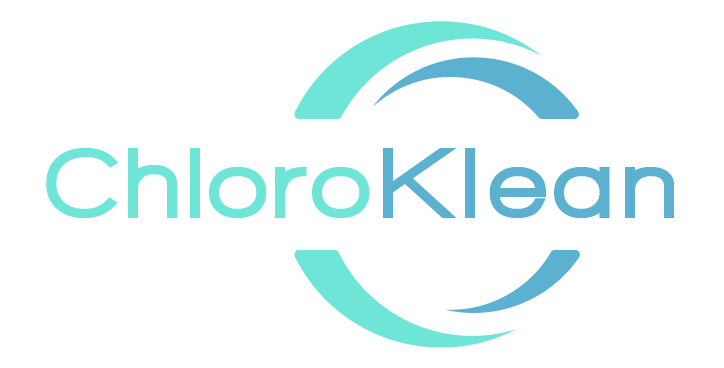Maintaining well integrity starts with the quality of water that is injected. ClO2 effectively removes foulants and SRB’s before they can impact on production.
Only Chlorine Dioxide can deliver the required oxidative power for effective water injection and sulfide scavenging pre-treatment. For onshore or offshore production wells, the ineffective pre-treatment of injection water can lead to well plugging, increased pressures and reduced output.
Within many offshore environments, seawater electrochlorination systems originally installed on platforms have not always been operated effectively. The build-up of macrofoulants and biofilm on deaeration towers is testament to the ineffectiveness of seawater electrochlorination, which is unable to deliver the biocidal performance required at seawater pH.
Likewise, poorly filtered river or recycled produced water has the potential to introduce sulfide, iron, manganese and anaerobic bacteria to the well, which can cause well plugging and production losses.
Non oxidising biocides pose increased environmental risk and are not considered suitable for pre-treatment, whilst “surrogate” treatments such as THPS are only of use down well. Chlorine Dioxide is the best method for macrofouling control, with lower dose rates and lower environmental risks than chlorine, hypochlorite or “mixed oxidant” electrochemical systems.
ChloroKlean offer a range of skid mounted and containerised systems suitable for permanent or mobile application in the most challenging and hazardous environments. Our on-site engineering support capabilities cover offshore deep-well applications, through to onshore applications in challenging geographies around the world.
Quick Fact: Chlorine Dioxide is highly effective against marine macrofoulants such as zebra molluscs that can foul injection systems.
Water Injection
Technical Service
Our team work with your production chemists and safety engineers to deliver a system that can “plug in” to your existing treatment train.
Process Engineering
A complete multidisciplinary approach from FEED to implementation in order to integrate ClO2 systems into treatment process.
